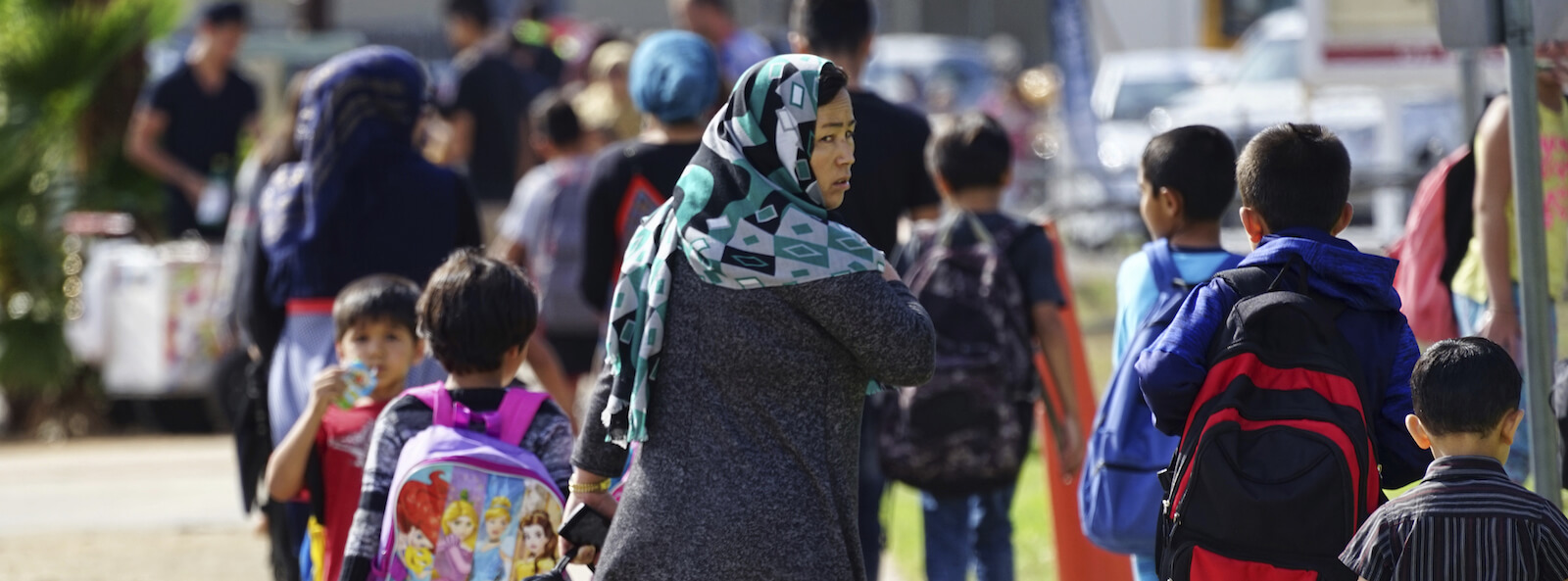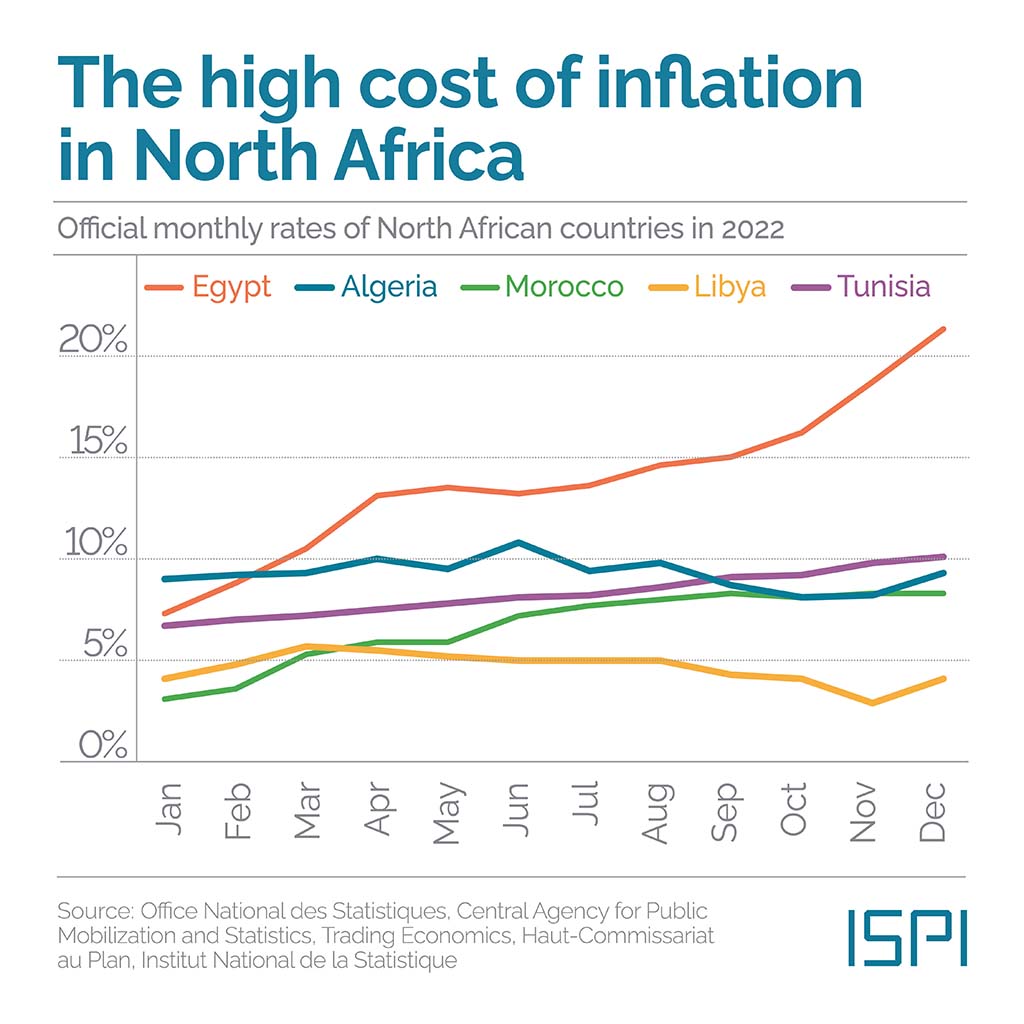Report on the Impact of Socioeconomic Disadvantage on Child Mental Health and Alignment with Sustainable Development Goals (SDGs)
Study Overview and Core Findings
A comprehensive longitudinal study conducted by the University of Liverpool has provided critical evidence on the lasting consequences of early-life socioeconomic adversity on the mental health of children and adolescents. The research, which tracked over 15,000 individuals from birth to age 17, reveals that disparities in mental health outcomes are established early and persist over time, posing a significant challenge to achieving key Sustainable Development Goals (SDGs).
The study’s key findings include:
- Early Onset of Inequality: The mental health gap between children from socioeconomically advantaged and disadvantaged backgrounds is firmly established by age five.
- Persistent Disparities: These inequalities in mental health outcomes remain stable and do not significantly diminish between the ages of five and 17, highlighting the enduring impact of early-life conditions.
- Differentiated Mental Health Trajectories: Externalising difficulties, such as behavioural problems, were found to be higher in boys and remained relatively stable over time. In contrast, internalising difficulties, such as anxiety and depression, increased with age, with a notable rise among adolescent girls.
- Magnitude of Inequality: Socioeconomic inequalities were observed across all ages and for both sexes, with the most significant gaps appearing in externalising difficulties.
Analysis of Findings in the Context of Sustainable Development Goals
The research findings directly inform the global agenda on sustainable development, particularly in relation to health, poverty, education, and equality.
SDG 3: Good Health and Well-being & SDG 10: Reduced Inequalities
The study’s central conclusion—that a mental health gap is entrenched in early childhood—presents a direct challenge to the ambitions of SDG 3 (Good Health and Well-being), specifically Target 3.4, which aims to promote mental health. The persistent disparity between socioeconomic groups underscores a failure to reduce inequality, a core objective of SDG 10 (Reduced Inequalities). The research confirms that without targeted interventions, these inequalities become a long-term feature of the health landscape, preventing equitable well-being for all.
SDG 1: No Poverty
The report explicitly links socioeconomic hardship to adverse mental health outcomes, providing clear evidence of the multi-dimensional nature of poverty. This connection reinforces the imperative of SDG 1 (No Poverty), demonstrating that poverty reduction is not only an economic goal but a fundamental public health strategy. Addressing child poverty is crucial for mitigating the risk factors that lead to long-term mental health challenges.
SDG 4: Quality Education & SDG 5: Gender Equality
The study’s focus on developmental stages from early childhood through adolescence highlights the critical role of the educational environment in shaping life outcomes, a cornerstone of SDG 4 (Quality Education). Furthermore, the observed gender differences in mental health trajectories—with boys showing more externalising issues and adolescent girls more internalising ones—relates to SDG 5 (Gender Equality), emphasizing the need for gender-responsive health and educational support systems.
Policy Recommendations for Achieving SDG Targets
The study advocates for a multi-sectoral approach to address these entrenched inequalities, aligning with an integrated strategy for achieving the SDGs. The primary recommendations are:
- Invest in Early Childhood Development and Education: In line with SDG 4.2, increased investment in high-quality early childhood education and care programs is essential. Such interventions can provide a foundational buffer against the impacts of socioeconomic disadvantage and prevent the mental health gap from widening.
- Strengthen School-Based Mental Health Support: To advance SDG 3 and SDG 4, schools must be equipped with resources to provide continuous emotional and psychological support. This ensures that interventions do not cease after early childhood but continue through the critical adolescent years.
- Address Social Determinants of Health: A holistic approach is required to tackle the root causes of inequality. This involves concerted efforts to reduce child poverty (SDG 1), improve access to healthcare, and build supportive community resources, thereby creating an environment conducive to the well-being and development of all children, as envisioned by SDG 10.
Conclusion: An Urgent Call for Integrated Action on the SDGs
This research confirms that mental health inequalities are not inevitable but are socially determined and established in the earliest years of life. Addressing this challenge is fundamental to the 2030 Agenda for Sustainable Development. Progress requires integrated action across multiple domains, including health, education, and social protection. A failure to intervene early and effectively not only compromises the well-being of individual children but also impedes collective progress towards creating healthier, more equitable, and sustainable societies for all.
Analysis of SDGs, Targets, and Indicators in the Article
1. Which SDGs are addressed or connected to the issues highlighted in the article?
The article discusses issues that are directly relevant to several Sustainable Development Goals (SDGs). The analysis of the text reveals connections to the following goals:
- SDG 3: Good Health and Well-being: The core focus of the article is on children’s mental health, including internalising difficulties like anxiety and depression, and externalising difficulties like behavioural problems. It explicitly calls for promoting mental health and well-being from an early age.
- SDG 1: No Poverty: The article identifies “socioeconomic hardship,” “socioeconomic disadvantage,” and “child poverty” as fundamental drivers of poor mental health outcomes in children. It argues that reducing child poverty is a critical step in addressing these health inequalities.
- SDG 10: Reduced Inequalities: The research highlights a persistent “mental health gap” between children from more and less advantaged socioeconomic backgrounds. The findings emphasize that these inequalities are established by age five and endure into adolescence, pointing to a clear need to reduce inequalities based on economic status.
- SDG 4: Quality Education: The article advocates for “investments in early childhood education and care” and “school-based mental health support” as key intervention strategies. This connects the issue of mental health directly to the educational system’s role in providing holistic support for child development.
2. What specific targets under those SDGs can be identified based on the article’s content?
Based on the specific issues and solutions proposed in the article, the following targets can be identified:
- Target 3.4: “By 2030, reduce by one third premature mortality from non-communicable diseases through prevention and treatment and promote mental health and well-being.” The article’s emphasis on preventing and addressing mental health difficulties such as anxiety, depression, and behavioural problems in children and adolescents directly aligns with the goal of promoting mental health and well-being.
- Target 1.2: “By 2030, reduce at least by half the proportion of men, women and children of all ages living in poverty in all its dimensions according to national definitions.” The article’s conclusion that “Reducing child poverty remains fundamental” directly supports this target as a necessary action to mitigate the root causes of mental health issues.
- Target 10.2: “By 2030, empower and promote the social, economic and political inclusion of all, irrespective of age, sex, disability, race, ethnicity, origin, religion or economic or other status.” The research finding that “the mental health gap is already firmly in place by age five” due to socioeconomic disadvantage underscores the importance of this target. The article calls for tackling these inequalities to ensure all children have an equal opportunity for good mental health.
- Target 4.2: “By 2030, ensure that all girls and boys have access to quality early childhood development, care and pre-primary education so that they are ready for primary education.” The study’s recommendation to increase “investments in early childhood education and care programmes” and provide “school-based mental health support” aligns with this target by focusing on holistic early childhood development that includes emotional and psychological well-being.
3. Are there any indicators mentioned or implied in the article that can be used to measure progress towards the identified targets?
The article mentions or implies several indicators that can be used to measure progress:
- Prevalence of mental health difficulties in children and adolescents: The study analyzed “internalising mental health difficulties like anxiety or sadness and external behaviour such as impulsivity and defiance” in children up to age 17. Tracking the rates of these conditions, disaggregated by age and sex as done in the study, serves as a direct indicator for Target 3.4.
- Proportion of children living in socioeconomic disadvantage: The research used “income or maternal education to index socioeconomic disadvantage.” This implies that the proportion of children living in households below a certain income threshold or with parents having lower educational attainment can be used as an indicator to measure progress on Target 1.2 (reducing child poverty).
- The gap in mental health outcomes between different socioeconomic groups: The article’s central finding is the “strikingly stable” gap in mental health between “more and less advantaged children.” Measuring this disparity is a key indicator for Target 10.2, as a reduction in this gap would signify progress in reducing health inequalities.
- Investment in and access to early childhood education and mental health services: The article advocates for “increased investments in early childhood education and care programmes” and “school-based mental health support.” Therefore, indicators such as public expenditure on early childhood education and the proportion of schools providing mental health services can measure progress towards Target 4.2.
Summary of SDGs, Targets, and Indicators
| SDGs | Targets | Indicators |
|---|---|---|
| SDG 3: Good Health and Well-being | Target 3.4: Promote mental health and well-being. | Prevalence of internalising (anxiety, depression) and externalising (behavioural problems) difficulties among children and adolescents. |
| SDG 1: No Poverty | Target 1.2: Reduce at least by half the proportion of children living in poverty. | Proportion of children living in socioeconomic disadvantage (measured by household income or maternal education). |
| SDG 10: Reduced Inequalities | Target 10.2: Promote the social inclusion of all, irrespective of economic or other status. | The gap in mental health outcomes between children from advantaged and disadvantaged socioeconomic backgrounds. |
| SDG 4: Quality Education | Target 4.2: Ensure all children have access to quality early childhood development, care and pre-primary education. | Level of investment in early childhood education and care; Proportion of schools with integrated mental health support. |
Source: openaccessgovernment.org







